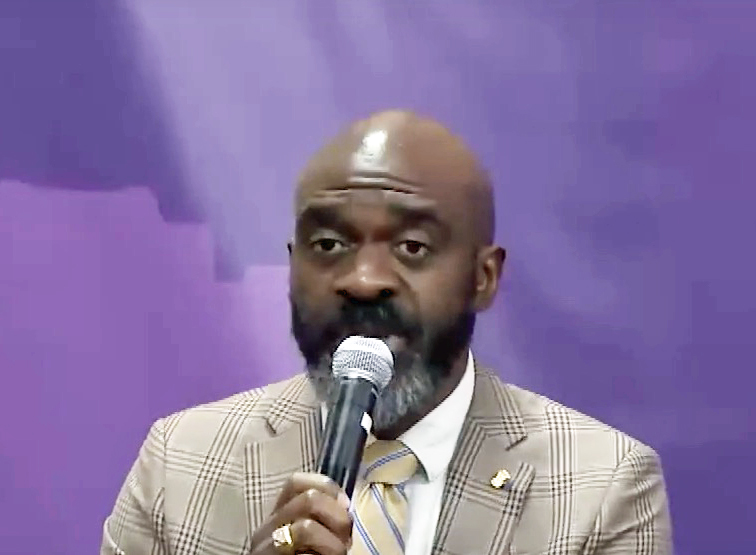New York’s managed long term care (MLTC) plans provide critical support that helps nearly 280,000 people with disabilities and older residents who need full-time care live as independently as possible when they can no longer perform everyday activities on their own.
Unfortunately, special interest groups are trying to dismantle the program so they can serve their own needs at the expense of people who need the coordinated care offered by MLTC plans. When lawmakers meet in Albany, they should reject the irresponsible and misguided proposal to replace MLTC plans with a managed fee-for-service model.
Eliminating MLTC plans would harm beneficiaries, reduce quality of care, and increase the cost to taxpayers. It would sever the longstanding relationships that MLTC enrollees have with their dedicated care management teams and potentially even their home health aides.
Scrapping these care teams and putting enrollees under the control of the State’s Health Home program — which isn’t equipped for long term care and is largely focused on individuals with behavioral health needs — is simply bad policy.
Critics also cite the costs of the state’s Medicaid program as a key reason to convert to a managed fee-for-service model.
Yet the proposal to eliminate MLTC plans is built on flawed assumptions—the projected cost savings will never actually materialize. Without providing any substantiation, the proposal assumes a steady 16% year-over-year increase in enrollment in MLTC plans and unrealistically estimates that the State, under the proposed new system, will need to fund only five employees to manage a program currently serving nearly 280,000 New Yorkers.
Making matters worse, the proponents of this bill cherry picked a misleading profit margin from 2021—the peak of the COVID pandemic—to grossly misrepresent plan profits. In fact, the following year, plans reported a loss. As a result of State policy limiting how much taxpayer money can be retained, most of these profits were returned to the State.
And, based on the rates set by the State in 2022, MLTC plans reported a 1% profit margin, consistent with State expectations. Many of the companies that operate MLTC plans are non-profits. Some didn’t turn a profit at all.
Lastly, it’s time to stop the false narrative that plans are pocketing wage increases intended to pay workers. Everyone agrees that home health workers deserve higher pay. Some plans are paying more than the State requires. For others, wages have increased as a result of higher minimum wage and the funds directed by the Quality Incentive Vital Access Provider Pool (QIVAPP).
Facts are facts: the existing program has resulted in a cost-effective system that has improved the quality of care for patients. We have over a decade of data that demonstrates how MLTCs have improved the health, wellbeing, and independence of the state’s most vulnerable New Yorkers. In 2021, nearly 90% of enrollees rated their MLTC plan as good/excellent.
Lawmakers should reject this flawed, irresponsible proposal and collaborate with us in the 2024 legislative session to meet the needs of the beneficiaries we serve.
Emma DeVito is the President and Chief Executive Officer of VillageCare. She also serves as the chair of the NYS Coalition of Managed Long Term Care Plans, comprised of Medicaid Managed Long Term Care (MLTC) plans that specialize in providing community-based long term care services and supports across the state to nearly 160,000 Medicaid members who are older adults or have disabilities.






































